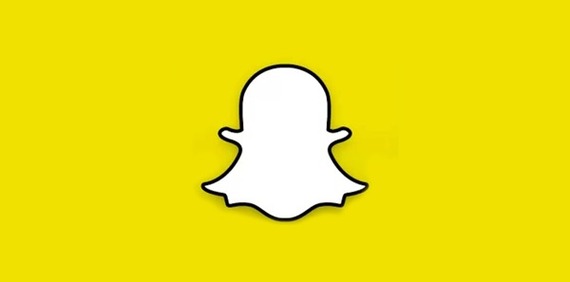I always advise businesses to do what is right for their brand and their audience when it comes to social marketing. Not every brand can thrive on the same social platforms. Retail businesses are thriving on Instagram, Pinterest, Facebook and Twitter, while b2b tend to do better on LinkedIn and Facebook. However, don't dismiss the value of SnapChat all together. It is an effective way for brands to tell a story and leave an impact.
The misconception.
When SnapChat first came out I was a skeptic too. All the mainstream media talked about was teenagers sexting their friends. Fear, fear, fear! They totally missed the point of this platform. Content vanishes in 24 hours and this is a great way to tell stories. Brands and businesses want guarantees that people will see their content. Unfortunately, this will never and has never existed in social marketing. Business owners need to roll with the platforms and find organic ways to strike an impact with their audience members.
The days of forcing boring advertising down a consumers throat is long dead. Social platforms are constantly changing their algorithms and adding difficulties so that you have to pay for advertising on their sites to reach full exposure.
Not everything needs to be saved.
The traditional format of social networks originated from the days of Friendster and MySpace. We all got used to their being a record of the content we put out. Someone new coming to your page could come and look at all the crap you put out there. Many sites still work like this, but they don't have to in order to tell a story.
After all, we don't need to save every television show, news segment, sporting event or movie that we have ever seen to remember it. The mind is a powerful thing, even in our A.D.D society, we can see something once and remember it forever.
Overprotective parents should listen up.
We all know someone that has rules about you posting pictures of their kids on Facebook or Instagram, SnapChat is a great platform to tell personal stories only to an audience of one if you like. If my wife is working an event or weekend, I can film my morning with my daughter in ten second clips on SnapChat so that she can feel like she isn't missing out. People would mass delete me on Facebook if I was putting out long stories about my kid. But on Snapchat all the user has to do is take their finger of of their phone and they no longer have to follow my story. I can add these messages to my story for all my followers to all see it or just send these messages to someone privately without taking up my iPhone photo and video storage. Businesses can learn from parents that are communicating this way.
Full attention.
SnapChat requires the user or viewer to keep their finger on the screen of their phone in order to view the video. This creates a unique experience where the user is more engaged with the content. They are less likely to be watching TV or doing other activities at the same time because they are focused on keeping their finger on the screen. This is extremely valuable for businesses.
Forget about likes and shares for a minute.
Just like the olden days, other people don't have to like and share things for it to have meaning. On Snapchat you can't really share or like content. I think that is pretty excellent. We have all become too obsessed with counting likes, retweets, and shares. Going viral means nothing for revenue unless you are selling lots of products from it. Tell a good story and it will impact your audience.
Traditional media gets It.
If you are new to SnapChat follow some traditional media brands that have been exploring storytelling in this new way. NPR (NPRNews) is doing a fantastic job. The New York Times (thenyTimes) is also doing a great job. The Washington Post (washingtonpost) and The Wall Street Journal (wsj) have Snap accounts but in my opinion could learn a few things from NPR and NYT.
Constantly evaluate your content.
My brother had an early website in the late 1990s called Lost Interest. He let the URL go years ago, but the term has always stuck with me. Have your customers and audience lost interest with the content that you are putting out? Are you using social media as straight advertising? Please don't do this.
Look at your content and ask yourself if you are providing value and helping. That is the key to everything in social marketing.

